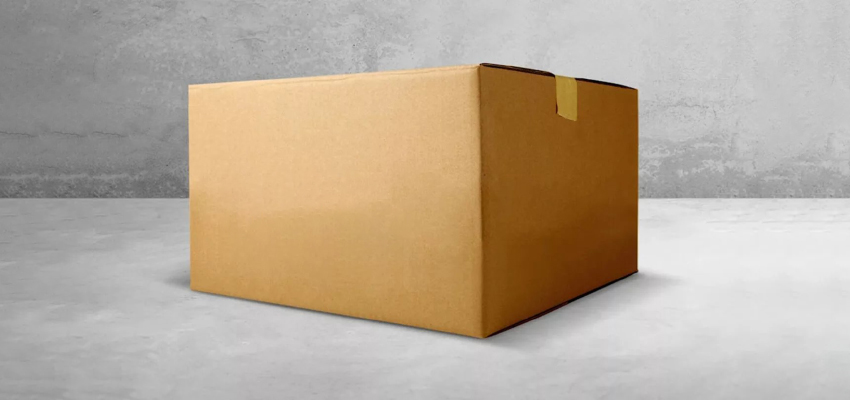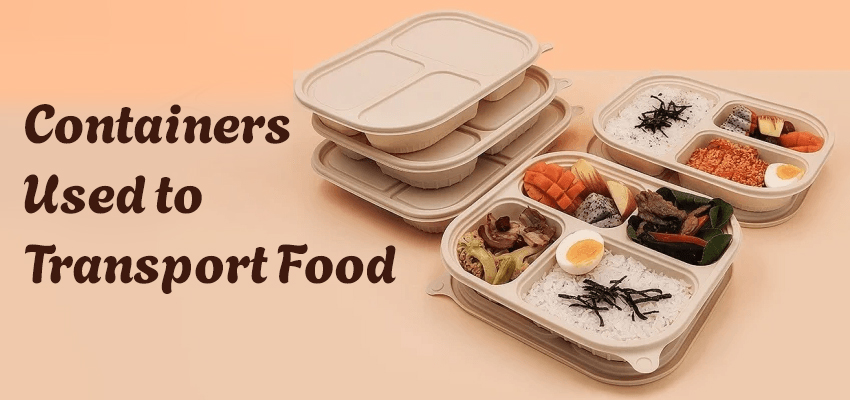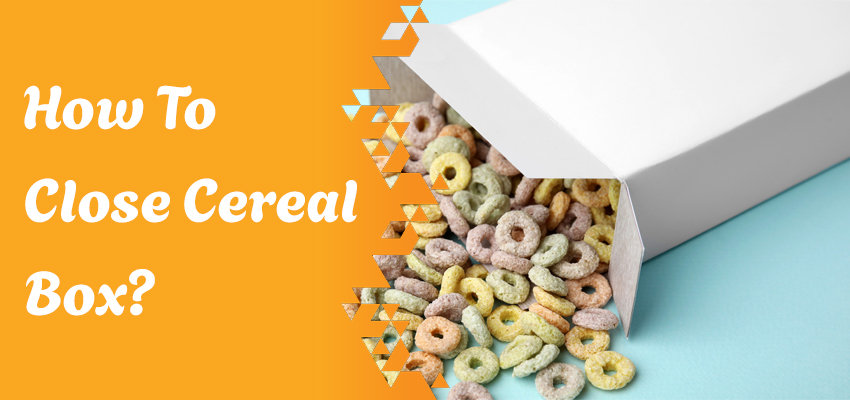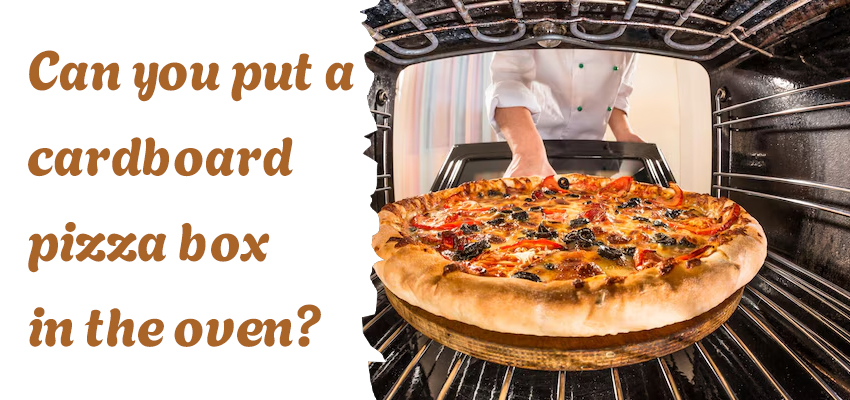In packaging, corrugated fiberboard is a revolutionary material that combines strength, flexibility, and eco-friendliness.If you're shipping fragile goods or crafting eye-catching retail boxes, corrugated fiberboard has become an essential part of the packaging industry.Its versatility is unmatched, as it is suitable for industries ranging from food and cosmetics to e-commerce.This blog explores what makes corrugated fiberboard exceptional, exploring its production, uses, and benefits while integrating valuable insights for businesses.
What Is A Corrugated Fiberboard?
Corrugated fiberboard is a material constructed by sandwiching a fluted sheet between two flat linerboards.
The combination creates a sturdy yet lightweight material that is ideal for protecting goods during storage and transportation.
This structured design offers several advantages:
Shock Absorption
Protects products from impacts.
Customizability
Adaptable to various shapes and sizes.
Sustainability
Recyclable and made from renewable resources.
How Is Cardboard Made?

To truly understand corrugated fiberboard, we must explore its production process:
1. Raw Material Collection
The process begins with wood pulp or recycled paper. Kraft paper packaging, known for its durability, is often used.
2. Corrugation Formation
The paper is passed through heated corrugating rolls, forming the characteristic fluted layer.
3. Lamination
The fluted sheet is glued between two flat liner boards to create the final material.
4. Cutting And Printing
The material is then cut to size, printed on, and customized for specific packaging requirements.
Corrugated fiberboard differs from regular cardboard packaging because of its multi-layered structure, offering superior strength and versatility.
Corrugated Fiberboard Sheets

Corrugated fiberboard sheets are the backbone of several packaging solutions. Available in various thicknesses and grades, they are used to create intricate retail packaging.
Industries leverage corrugated sheets for:
Food Packaging
Keeps items fresh and safe.
E-commerce Shipping
Protects delicate items during long journeys.
Retail Boxes
Adds a professional touch with custom prints.
These sheets are also eco-friendly, often crafted from recycled materials, aligning with global sustainability goals.
Applications Of Corrugated Fiberboard

The adaptability of corrugated fiberboard allows it to cater to a wide range of applications. Some of them are discussed below:
1. Shipping And Logistics
Corrugated boxes dominate the shipping industry. Their lightweight yet durable nature reduces shipping costs while ensuring the safe delivery of goods.
2. Retail And Branding
Customized retail packaging often utilizes corrugated packaging sheets to create visually appealing designs that enhance customer experience.
3. Food And Beverage
Corrugated fiberboard is widely used in food packaging for its ability to maintain freshness and prevent contamination. Pizza boxes, for example, are made from corrugated materials.
4. Heavy-Duty Industrial Packaging
Large machines and delicate industrial equipment often require the robust protection provided by corrugated fiberboard.
What Does Corrugated Fiberboard Offer?

These are discussed below:
Strength And Durability
Its layered design absorbs shocks and resists bending, making it ideal for protecting goods.
Eco-Friendly Appeal
Corrugated fiberboard is often made from recycled paper and can be easily recycled again after use.
Cost-Effectiveness
Its affordability and ability to be produced in bulk make it a cost-effective solution for businesses of all sizes.
Customizability
From size to print designs, corrugated packaging can be made to meet specific branding and functional needs.
How To Make A Cardboard Packaging Box

Creating a corrugated box involves a series of precise steps:
1. Design And Dimensioning
Determining the box's purpose and dimensions.
2. Cutting And Scoring
Sheets are cut to the required size, and fold lines are scored.
3. Printing
Logos, designs, and instructions are added to the surface.
4. Assembly
The sheets are folded and glued to form a box.
Businesses often go for custom designs to ensure their boxes stand out while maintaining structural integrity.
Corrugated Fiberboard VS. Cardboard
Many people mistakenly use the terms corrugated fiberboard and cardboard interchangeably. However, they are distinctly different:
Cardboard
A single-layer material used for lighter applications like cereal boxes.
Corrugated Fiberboard
A multi-layered material with fluted sections, offering superior strength and durability.
Sustainability And Corrugated Fiberboard

Sustainability has become fundamental in packaging, and corrugated fiberboard is leading the way. Key eco-friendly benefits include:
Renewable Materials
Often made from sustainably sourced wood pulp or recycled paper.
Recyclability
Used corrugated packaging can be recycled into new products.
Reduced Carbon Footprint
Lightweight material minimizes emissions during transportation.
What Is Corrugated Fiberboard’s Role In Branding?
Packaging is often the first point of interaction between a brand and its customers. Corrugated fiberboard allows businesses to:
Create Visual Impact
Custom printing enhances brand recognition.
Ensure Product Safety
Secure packaging builds trust.
Promote Sustainability
Eco-friendly packaging appeals to environmentally conscious consumers.
Future Trends In Corrugated Packaging

Innovations in corrugated fiberboard include:
AI Integration
Automated cutting and printing processes ensure precision.
Smart Packaging
QR codes and NFC tags integrated into corrugated boxes enhance customer interaction.
Advanced Coatings
New coatings improve moisture resistance and durability.
Final Words:
Corrugated fiberboard isn’t just a packaging material—it’s a strategic tool for businesses to enhance branding, protect products, and embrace sustainability.At Your Box Packaging, we specialize in creating customized corrugated packaging solutions that align with your brand values and goals.Whether you need robust shipping boxes or eco-friendly retail packaging, our team is here to help.Contact us via email today at sales@yourboxpackaging.com to explore the endless possibilities of corrugated fiberboard and transform your packaging!
FAQs
1. What Does Corrugated Fiberboard Mean In Packaging?
It refers to a material with fluted layers sandwiched between liner boards, offering strength and flexibility for various packaging needs.
2. Why Is It Better Than Cardboard?
Its layered design provides better protection, durability, and versatility compared to single-layer cardboard.
3. Is It Expensive?
While initially more costly than cardboard, its long-term benefits in protection and branding make it a cost-effective choice.
4. Can Corrugated Fiberboard Be Waterproofed?
Yes, it can be coated or laminated for waterproofing, making it suitable for food and outdoor applications.



